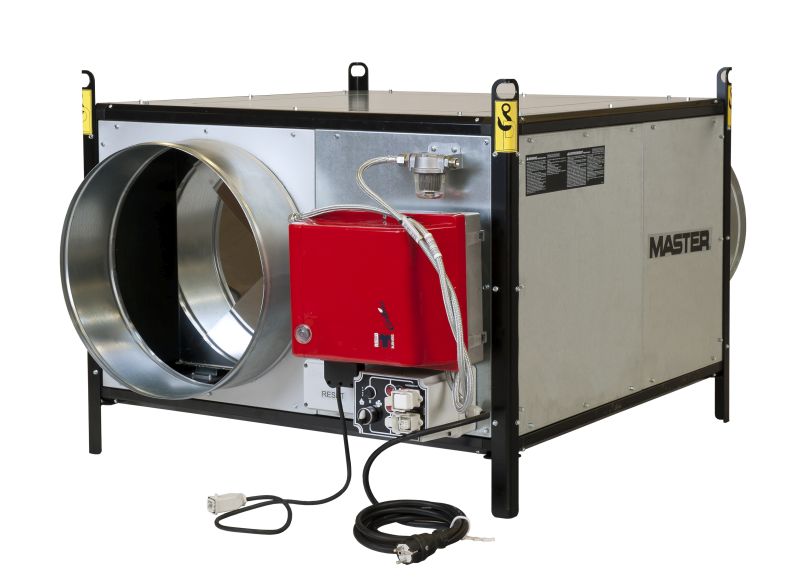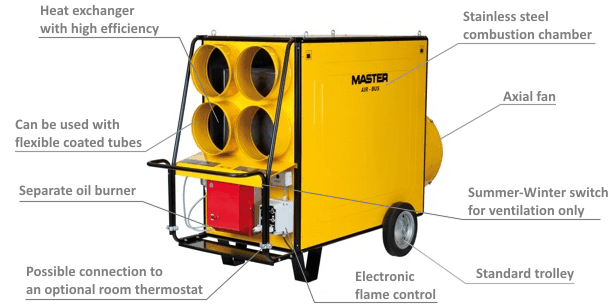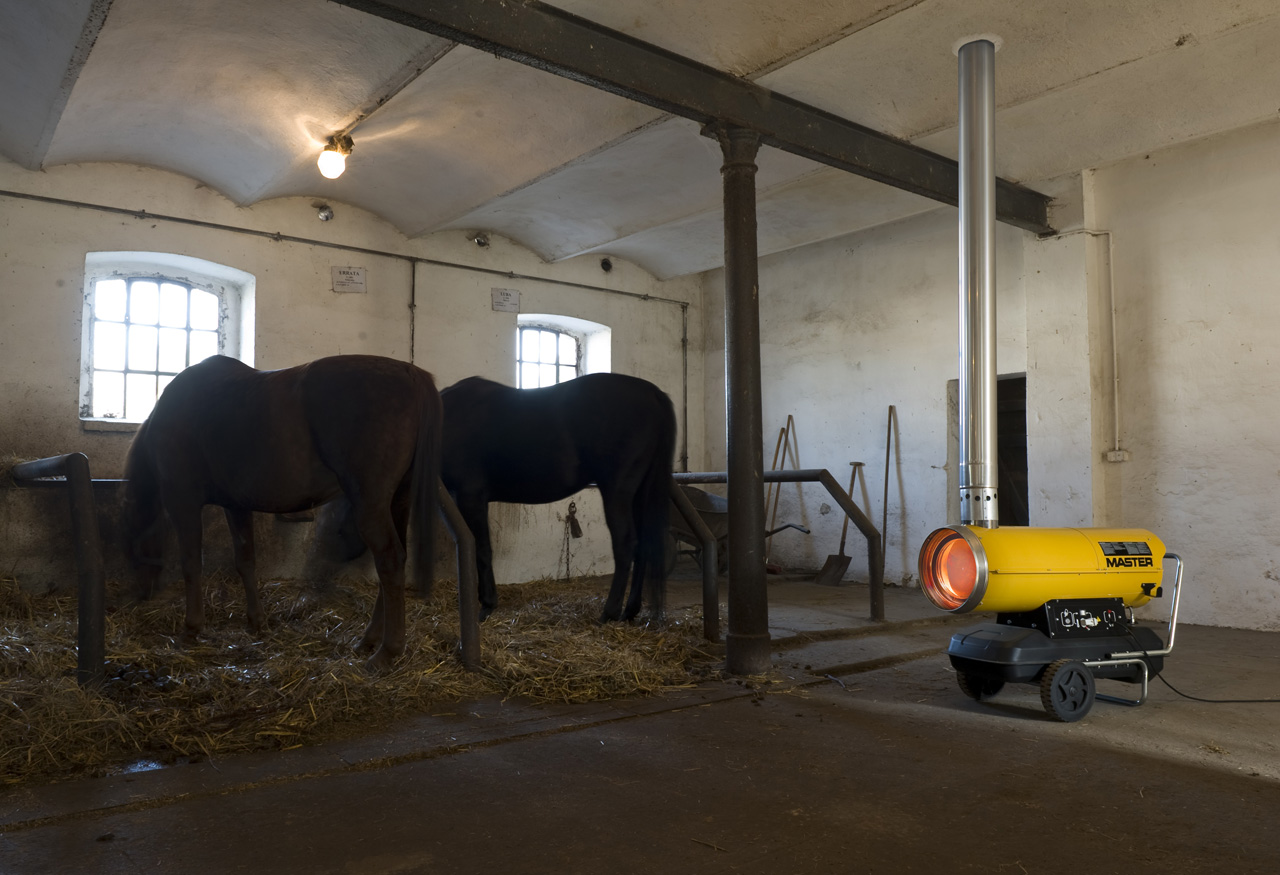
Portable air heaters are commonly used in many areas of agriculture. Quick installation, low running costs as well as high efficiency make them the ideal solution for utility and livestock buildings.
These units are not only well suited to regulating temperature - they can also be used for drying cereal and vegetable crops. Given that the agricultural sector is affected by seasonal changes, it often happens that heating is only required for a short period of time. Hence, the popularity of space heaters.
Agriculture entails working in difficult conditions. For this reason, the equipment has to meet specific requirements. The space heaters in livestock and crop storage buildings usually attract more dirt and gather more dust. They are also exposed to toxic gases, including ammonia, mostly in the livestock buildings where farmers use a significantly more cleaners and disinfectants. All of the aforementioned factors have a negative impact on the unit’s structure, as they accelerate corrosion. Therefore, top quality and high durability, e.g. of air and fuel filters, are the primary criteria for the selection of such equipment.
A wide assortment of portable air heaters is already available on the market. They vary according to their applications and the different types of fuel they use. The ones running on oil and gas (LPG/natural) enjoy the greatest popularity, regardless. A lot of units are available in the wall/ceiling mounted version. These are also in high demand in agricultural sector.

Depending on the purpose, farmers use different models. And so, for instance, gas heaters are installed in greenhouses. Similarly, many farmers use the gas heaters for maintaining temperature and humidity in vegetable storage facilities, e.g. with potatoes and onions. In these, the heaters are integrated into multiple-unit systems. The hot air flow is directed at fans, which subsequently “disperse” the air inside.
On the other hand, oil heaters are installed in livestock buildings. Breeding conditions have a significant impact on both animal health and diet, hence - on the quality of the finished agricultural product. Good ventilation and proper temperature control are fundamental prerequisites for efficient animal breeding and, as a result, for manufacturing high-quality meat.
Different models of oil heaters are used depending on the scale of husbandry and usable area of the livestock buildings. These are usually high-efficiency heaters fitted with an exhaust system like e.g. Master AIR BUS. Users can install flexible tubes that distribute the air inside the building, which is an obvious advantage. In case of large buildings, stationary units with good performance parameters and high air flow capacity should also prove useful.

Utility buildings, in which people or animals do not reside permanently, can be additionally heated by means of direct oil heaters, and by means of popular electric units which serve as a sufficient temporary solution for all conditions.
In Great Britain, oil heaters are commonly used for drying cereal grains. Thanks to barns fitted with special floor ducts used to direct the air flow, the drying process is faster, thereby ensuring reliable storage of crops. The heaters, usually installed outdoors, generate hot air which is then blown into the ducts by means of a fan. British farmers unanimously agree that this the best way to dry cereal grains.
Buying the heater, it is worth taking a closer look not only at its technical parameters but also at the quality of its components and structure. It is recommend to contact reputable manufacturers, who can install your heaters in a way which ensures comfortable operation.
